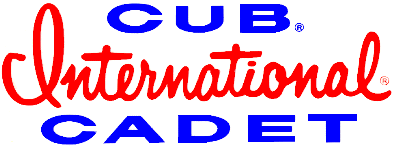Jerry, I know what you mean about the notes, it all seems clear when you put down the first time, but when you pick it up months later, its like, "What was I thinking?"
Lets start with the easier stuff. You say there is a voltage regulator on the motor fed by a 2-wire stator; this is good, it means your stator's output is AC and the regulator is rectifying it to DC. The DC output of the regulator goes directly to the key.
As far as the key goes, can you identify the terminals and the key operation. This is important information. It is worth lifting the gas tank half-way out. Take a picture of the back of the key with the wires still connected, or at least note their color, quantity, and location. I like to orient the key as shown in the diagram with the odd terminal to the right, and number them starting from the top left ending at the odd terminal at the side.
Next, verify the key's operation by using an Ohm Meter and checking to see which terminal connects to which at each position, including the OFF position. Meanwhile, I'll check to see which key came in the 1864. I'll post the key info for the part number often supplied for the tractors with magnetos-- 925-3026. The only change I would make in the graphic, is that I think the "R" should stand for "Rectifier." It is the terminal to which the Regulator's output should be connected. Without the regulator connected to the battery, the battery never get charged when the engine is just running.
I'm curious to know what the other bunch of wires connect to on the motor. Do some of them run to an oil level sensor, or is there a relay mounted somewhere on the engine?






















































